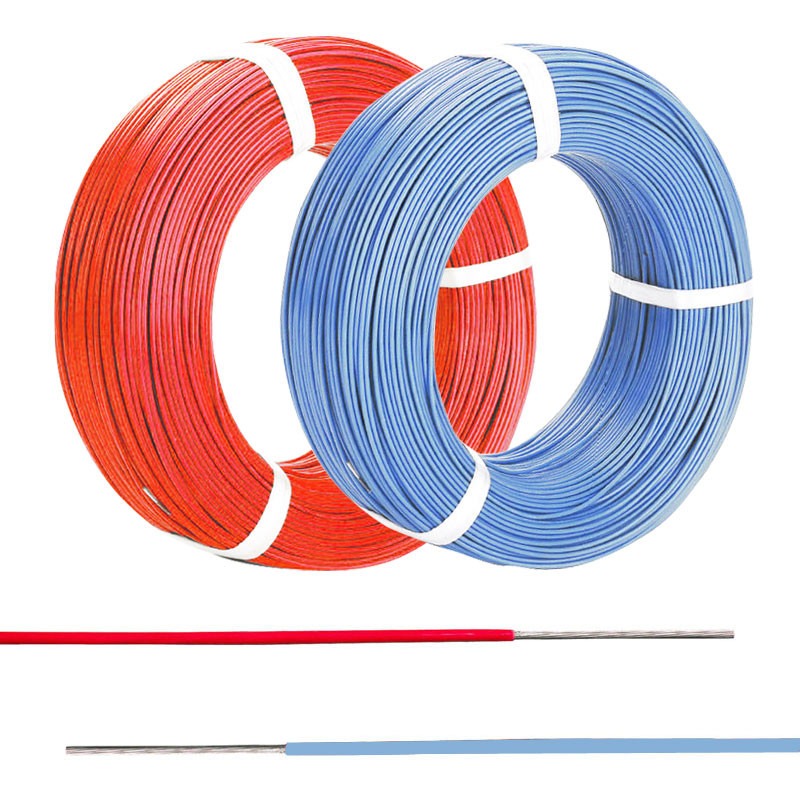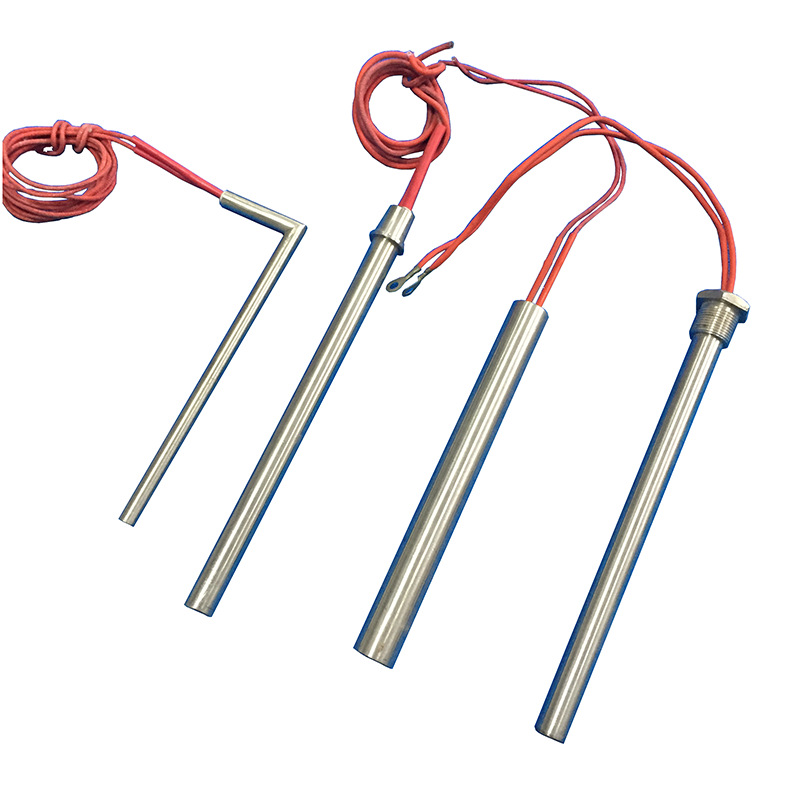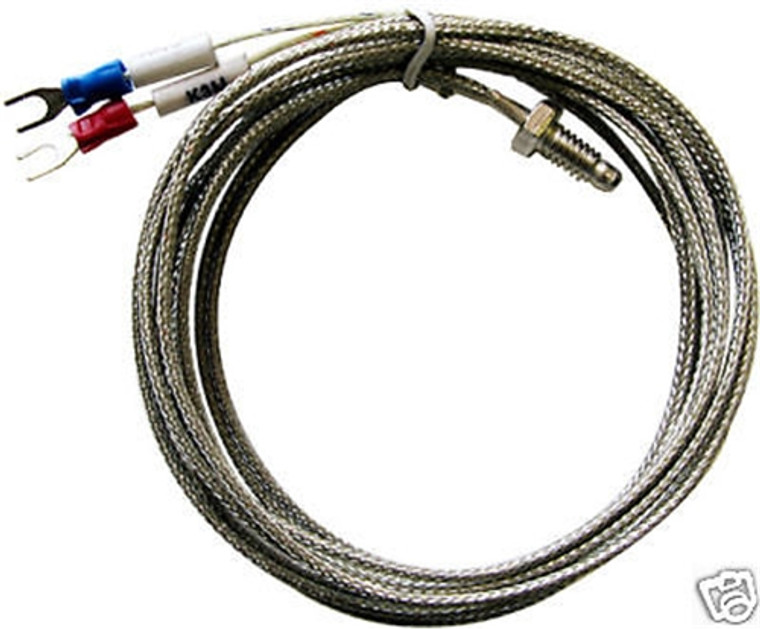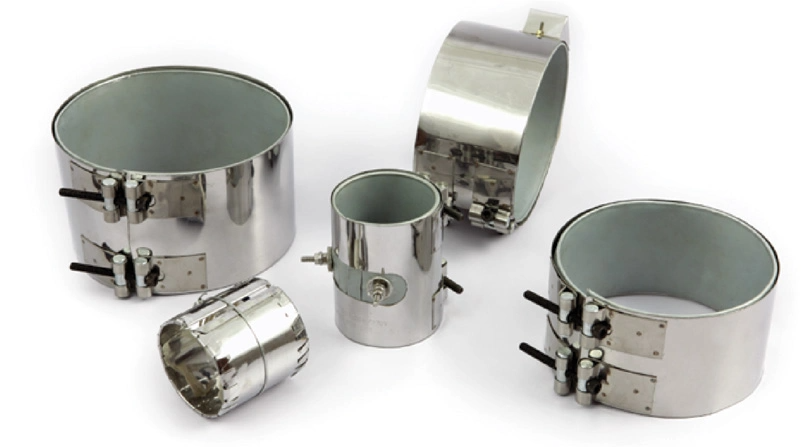A Finned Cartridge Heater is only as efficient as its surface area allows. That’s where fins come into play. These thin metal extensions dramatically increase the surface area of a heater, improving heat transfer to air or gas without requiring extra power. They’re a small component with a major impact on efficiency, durability, and cost savings.
So, what exactly are fins, and how do they work in a heater?
Fins in a heater are metallic extensions attached to the surface of the heater sheath. Their primary job is to transfer more heat to the surrounding environment by increasing the surface area. Think of them as heat amplifiers small parts that make a big difference.
Why fins are essential in industrial heating
In industries that rely on precise heating, such as plastics, packaging, food processing, and HVAC, finned heaters outperform traditional designs. They offer:
- Faster heat dissipation
- Lower sheath temperature
- Longer heater life
- Energy savings
- Compact size with higher efficiency
These benefits are particularly important in air heating and convection heating applications, where the surrounding medium (air or gas) isn’t a good conductor.
How fins increase efficiency
Finned Cartridge Heaters use aluminum or stainless steel fins welded or mechanically fixed to the outer sheath. This design promotes superior airflow contact, allowing the heater to transfer thermal energy at a faster rate.
Here’s what happens:
- Heater core generates heat.
- Heat travels to the sheath.
- Fins attached to the sheath absorb and radiate heat outward.
- Air or gas moving past the fins picks up this heat efficiently.
Without fins, much of the heat would stay trapped at the surface or be transferred slowly, leading to higher energy costs and potentially shorter heater life due to thermal stress.
Where fins are most effective
Finned heaters shine in these use cases:
- Air ducts – More heat is delivered over a shorter length.
- Drying systems – Uniform airflow and consistent heat are critical.
- HVAC systems – Better heat control in smaller enclosures.
- Industrial ovens – Faster heating with reduced energy draw.
These environments require consistent, safe, and cost-effective heating. That’s where fins prove their worth.
Material and design considerations
Not all fins are created equal. The material and shape of the fins determine how effective they are.
Common fin materials include:
- Aluminum – Lightweight, great for high-velocity airflow, and cost-effective.
- Stainless steel – Durable, corrosion-resistant, ideal for high-temp or harsh environments.
Fin shapes and patterns affect performance:
- Helical wrap – A continuous spiral that boosts airflow contact.
- Louvered fins – Improve turbulence and enhance thermal exchange.
- Straight fins – Simple and durable, suitable for slow-moving air.
Choosing the right fin design depends on application variables like airflow speed, target temperature, and space constraints.
Maintenance and safety factors
Finned heaters require less maintenance than traditional heaters due to lower surface temperatures and better efficiency. However, for optimal performance:
- Clean fins regularly to prevent dust buildup, especially in air ducts.
- Avoid blocking airflow, as restricted movement reduces thermal transfer and can overheat the unit.
- Ensure correct mounting, as vibration or poor alignment affects fin contact and reduces performance.
Final Thoughts
Fins are more than just metal attachments they are a crucial enhancement to the Finned Cartridge Heater design. By expanding the heater’s surface area, fins boost heat transfer, lower energy consumption, and extend operational life. If you’re in a business where reliable heat is mission-critical, understanding how fins affect heater performance isn’t just helpful, it’s necessary. Smart fin selection and heater design can be the difference between consistent productivity and costly downtime.














